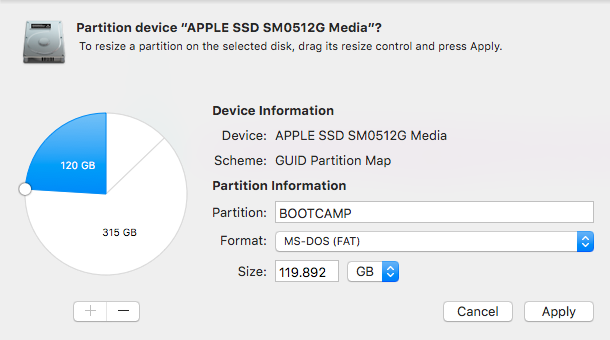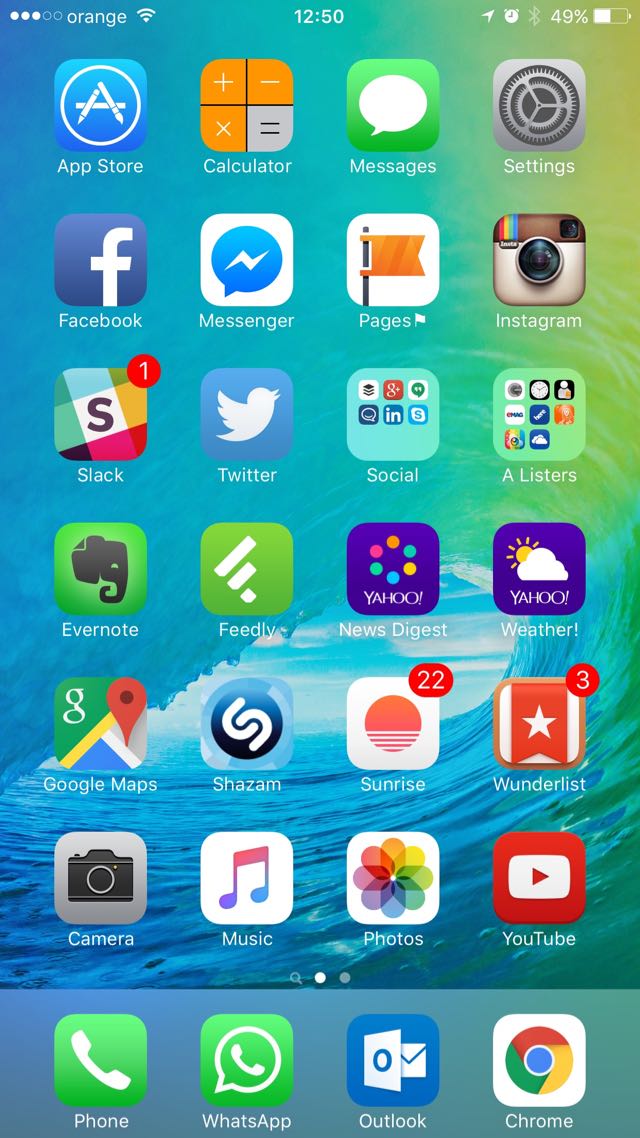Compared to versions of Mac OS X released after El Capitan, such as Sierra, El Capitan generally is not faster. Mac computers dating from 2012 and later will generally run more smoothly when upgraded from El Capitan, per Apple's optimizations in Sierra and later. On the other hand, Macs from 2008 to 2010 may run faster with El Capitan. Black screen problem by changing mac OS 10.13 high sierra(x64) to mac X (x64) in General Setting. Walter October 24, 2017 at 3:05 AM Reply Hi there, thanks for this tutorial, it worked for me under Windows 7, i have a quick question, not sure if there is a solution for this. Mac OS X El Capitan ISO – Download Mac OS El Capitan ISO Setup Files Free: The MacBook and the Apple’s Mac are the second most widely used and famous portable Computers. The first place is occupied by the Family of Windows Computers, this is due to their cheaper prices, and ease of access. Mac OS X El Capitan 10.11 DMG Free Download. Bootable image 32/64 Bit file for iMac, MacBook (Mini, Pro, Air), and Xserve. Clean and tested.
- Supported version: 0.6.7
While you don't need a fresh install of macOS to use OpenCore, some users prefer having a fresh slate with their boot manager upgrades.
To start you'll need the following:

4GB USB Stick
Make os x el capitan bootable usb drive. For USB larger than 16 GB to format in FAT32 use Rufus method
- This will require Python installed(opens new window)
# Downloading macOS
To grab legacy installers is super easy, first grab a copy of OpenCorePkg(opens new window) and head to /Utilities/macrecovery/. Next copy the folder path for the macrecovery folder:
From here, you'll want to open up a Command Prompt and cd into the macrecovery folder that we copied earlier:
Now run one of the following depending on what version of macOS you want(Note these scripts rely on Python(opens new window) support, please install if you haven't already):
- macOS 11, Big Sur Note: As this OS is quite new, there's still some issues with certain systems to resolve. For more information, see here: OpenCore and macOS 11: Big Sur
- For first time users, we recommend macOS 10.15, Catalina
- Nvidia GPU Note: Reminder to verify whether your hardware support newer OSes, see Hardware Limitations
This will take some time, however once you're finished you should get either BaseSystem or RecoveryImage files:
| BaseSystem | RecoveryImage |
|---|
Now with our installer downloaded, we'll next want to format out USB.
# Making the installer
Here we'll be formatting our USB and adding macOS onto it, we have 2 options:
- Disk Management method
- GUI Based, simplest way
- Only UEFI systems are supported(ex. 2012+)
- Rufus method
- GUI Based, simplest way
- For larger USB drives(16GB+)
- diskpart method
- Command line based, little more work
- Required for legacy systems(ie. non-UEFI, pre-2012)
How To Install Windows 10 On Mac El Capitan
# Disk Management method

Simply open up Disk Management, and format your USB as FAT32:
- Right click the Start Button on your task bar and select Disk Management.
- You should see all of your partitions and disks. On the bottom half, you'll see your devices. Find your USB.
- You'll want to format the USB to have a FAT32 partition.
- If you have multiple partitions on the USB, right click each partition and click Delete Volume for your USB (This will remove data, make sure you have backups and only remove partitions from your USB)
- Right click the unallocated space and create a new simple volume. Make sure it is FAT32 and at least a gigabyte or two big. Name it 'EFI'.
- Otherwise, right click the partition on the USB and click Format and set it to FAT32.
Next, go to the root of this USB drive and create a folder called com.apple.recovery.boot. Then move the downloaded BaseSystem or RecoveryImage files. Please ensure you copy over both the .dmg and .chunklist files to this folder:
Now grab OpenCorePkg you downloaded earlier and open it:
Here we see both IA32(32 Bit CPUs) and X64(64 Bit CPUs) folders, choose the one that's most appropriate to your hardware and open it. Next grab the EFI folder inside and place this on the root of the USB drive along side com.apple.recovery.boot. Once done it should look like this:
# Rufus method
- Download Rufus(opens new window)
- Set the BOOT selection as not bootable
- Set File System as Large FAT32
- Click Start
- Delete all file autorun in USB Drive partition
Next, go to the root of this USB drive and create a folder called com.apple.recovery.boot. Then move the downloaded BaseSystem or RecoveryImage files. Please ensure you copy over both the .dmg and .chunklist files to this folder:
Now grab OpenCorePkg you downloaded earlier and open it:
Here we see both IA32(32 Bit CPUs) and X64(64 Bit CPUs) folders, choose the one that's most appropriate to your hardware and open it. Pip2 install mechanical. Next grab the EFI folder inside and place this on the root of the USB drive along side com.apple.recovery.boot. Once done it should look like this:
Is there linkedin app for macbook. Apple's dedicated Mac App Store It was only a matter of time before Apple launched their own dedicated Mac App Store which duly arrived at the beginning of 2011. Of course, there has been the Apple download site for Mac apps for quite some time now but the Mac App Store is a much more dedicated and OS X integrated affair that makes browsing.
# diskpart method
Press Windows + R and enter diskpart.
Now run the following:
Next, go to the root of this USB drive and create a folder called com.apple.recovery.boot. Then move the downloaded BaseSystem or RecoveryImage files. Please ensure you copy over both the .dmg and .chunklist files to this folder:
Now grab OpenCorePkg you downloaded earlier and open it:
Install Windows 10 On Mac El Capitan
Here we see both IA32(32 Bit CPUs) and X64(64 Bit CPUs) folders, choose the one that's most appropriate to your hardware and open it. Next grab the EFI folder inside and place this on the root of the USB drive along side com.apple.recovery.boot. Once done it should look like this:
If your firmware does not support UEFI, see below instructions:
To start, you'll need the following:
Next, open up BOOTICE and ensure you've selected the right drive.
Next, enter 'Process MBR' then select 'Restore MBR' and select the boot0 file from Utilities/LegacyBoot/ in OpenCorePkg:
| Restore MBR | Restore boot0 file |
|---|
Then head back to the main screen and select 'Process PBR' then 'Restore PBR'. From here, choose the Boot1f32 file from Utilities/LegacyBoot/ in OpenCorePkg:
| Restore PBR | Restore boot1f32 file |
|---|
Once this is done, head back to your USB and do 1 final thing. Grab either the bootx64(64 Bit CPUs) or bootia32(32 Bit CPUs) file from Utilities/LegacyBoot/ and place it on the root of your drive. Rename this file to boot to ensure DuetPkg can properly:
Installer Windows 10 Mac El Capitan
# Now with all this done, head to Setting up the EFI to finish up your work
